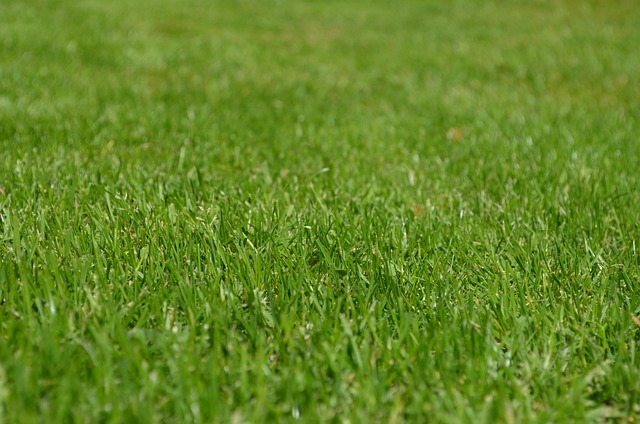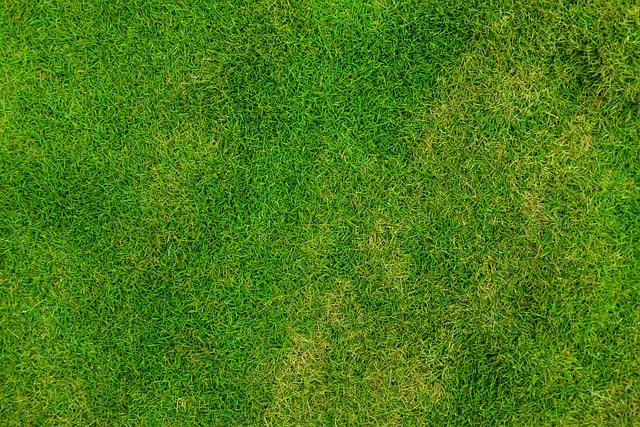Optimizing lawn health and weed control in Wheat Ridge's right-of-way vegetation requires a tailored approach. Customized watering schedules, based on grass species' water needs, promote deep root growth and reduce environmental impact. Herbicide application timing, synchronized with plant life cycles and weather conditions, ensures effective weed management while adhering to local regulations. Regular monitoring allows for precise herbicide use during weeds' active growth phases, balancing water conservation and a sustainable urban landscape. This strategic method enhances the health and appearance of Wheat Ridge's vegetation, setting a standard for responsible and efficient herbicide application practices.
In the pursuit of lush, healthy lawns, optimizing watering schedules is key. This article explores how understanding watering patterns can enhance lawn health and reduce water waste. We delve into the factors influencing herbicide application timing, specifically tailored to managing right-of-way vegetation in Wheat Ridge. By combining efficient watering practices with strategic herbicide use, residents can achieve vibrant landscapes while preserving local resources, making it a game-changer for sustainable lawn care in this community.
- Understanding Watering Patterns for Optimal Lawn Health
- Factors Influencing Herbicide Application Timing
- Creating a Customized Watering and Herbicide Schedule for Wheat Ridge's Right-of-Way Vegetation
Understanding Watering Patterns for Optimal Lawn Health

Understanding Watering patterns is key to achieving optimal lawn health, especially when considering herbicide application for right-of-way vegetation in Wheat Ridge. Different grass species have varying water requirements, so tailoring your watering schedule accordingly is essential. Lawn grasses typically require consistent moisture, but overwatering can lead to root rot and other diseases, while underwatering causes stress, making the grass more susceptible to weeds and insect damage.
Knowing the specific needs of your lawn’s turfgrass varieties allows for precise timing and duration of irrigation. In general, deep and infrequent watering encourages deeper root growth, resulting in a stronger and healthier lawn. This approach is particularly important during herbicide application as adequate moisture aids in the product’s absorption and effectiveness while minimizing environmental impact by reducing runoff and leaching.
Factors Influencing Herbicide Application Timing

The timing of herbicide application is a critical aspect of maintaining a healthy lawn and controlling unwanted vegetation, especially along rights-of-way in Wheat Ridge. Several factors influence when to apply herbicides to ensure maximum effectiveness and minimize environmental impact. One key factor is understanding the life cycle of the target plants, as different stages may require specific approaches. For example, applying herbicides during the growing season can be more effective for broadleaf weeds, while winter application might be better for controlling grasses.
Weather conditions also play a significant role in herbicide efficacy and safety. Ideal conditions include mild temperatures, low wind speeds, and adequate moisture to aid absorption and reduce evaporation. Additionally, knowledge of local regulations regarding herbicide use is essential to ensure compliance and maintain the environmental balance. Proper timing, combined with careful consideration of these factors, allows for efficient herbicide application in Wheat Ridge’s right-of-way vegetation management.
Creating a Customized Watering and Herbicide Schedule for Wheat Ridge's Right-of-Way Vegetation

Creating a customized watering and herbicide schedule is essential for maintaining the health and appearance of Wheat Ridge’s right-of-way vegetation. This process involves understanding the unique needs of various plant species, as well as factoring in environmental conditions like temperature, humidity, and precipitation. By balancing water application with targeted herbicide use, the city can ensure that vegetation grows robustly while minimizing unwanted weeds.
For herbicide application, a strategic approach is key. Timing is critical; applying herbicides during the active growth phase of weeds maximizes their effectiveness. Regular monitoring of the right-of-way areas will help identify weed species and determine the best product to use. This tailored strategy not only conserves water but also promotes a sustainable and aesthetically pleasing urban landscape, making Wheat Ridge stand out as a model for efficient and responsible vegetation management.
Optimizing lawn plant watering and herbicide application schedules is key to maintaining healthy right-of-way vegetation in Wheat Ridge. By understanding watering patterns, considering environmental factors, and creating a customized schedule, residents can achieve lush, well-maintained landscapes while promoting sustainable practices. Implementing these strategies ensures effective herbicide application for targeted weed control, contributing to the overall aesthetic appeal of the community’s green spaces. This approach balances the need for vibrant, healthy lawns with responsible water usage and environmentally conscious management of right-of-way vegetation.
